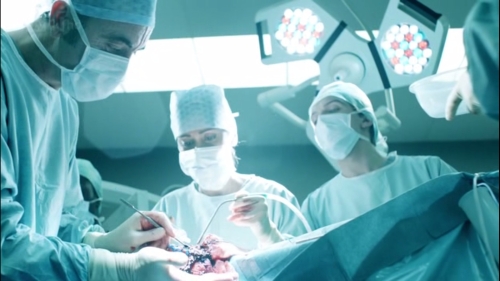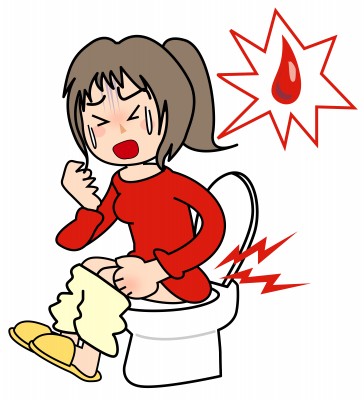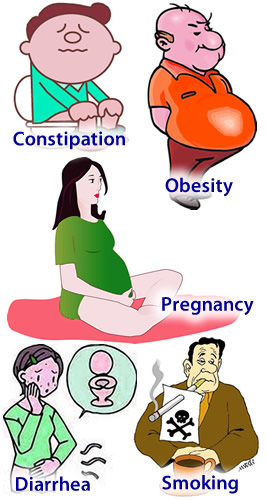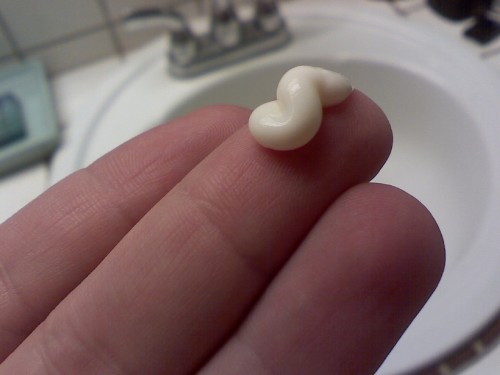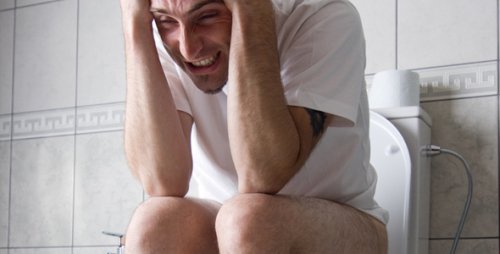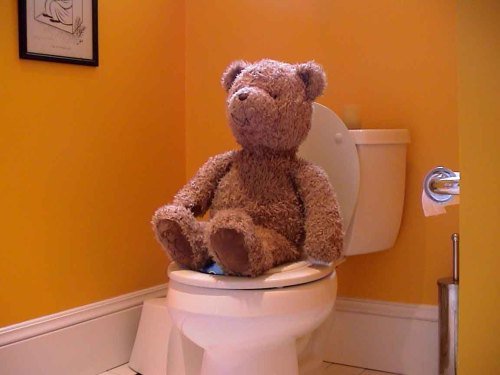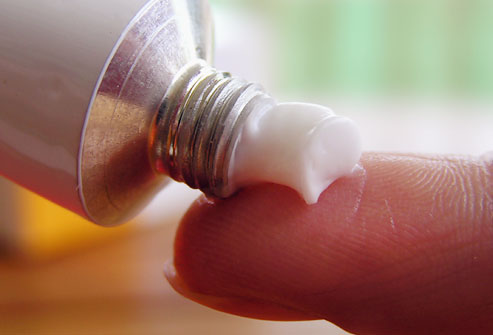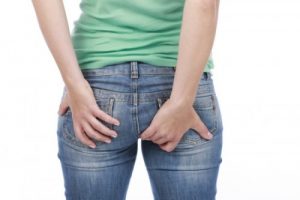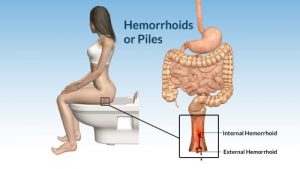Hemorrhoid is a condition associated with swollen blood vessels in or around the rectum or anus and is also commonly known as piles.
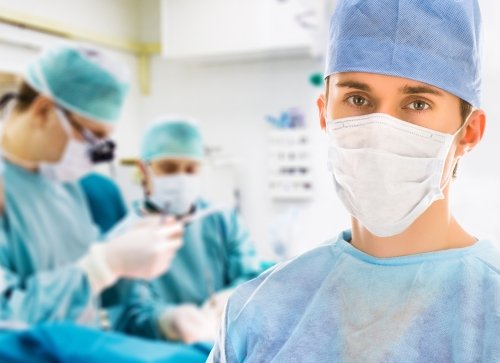
For most of the times, hemorrhoid may settle down themselves without any treatment, but may need treatment or medications if severe or prolonged. One may opt to buy the medications directly from pharmacies or may refer to a physician for the same. The following measures can be adopted to treat hemorrhoid:
- Creams and ointments: Corticosteroid creams or suppositories maybe applied to the back area to relieve swelling and inflammation. These can be applied 5-7 times a day in case of a severe inflammation. Besides, there are hydrocortisone sprays available these days which are convenient to use and hygienic as well.
- Warm sitz baths for about 15 minutes 4-5 times in a day is another effective measure for treating piles and relieving discomfort. This is done using 8 cm of warm water for the same number of times as of bowel movement
- Analgesics like paracetamol for alleviating pain and inflammation. These should be consumed in limited quantity as they may increase the sensitivity.
- Local anaestheticsand witch hazel: Local anaesthetics are used for temporary relief of pain in case of painful hemorrhoid. Dabbing with hazel soaked cotton rolls helps in reducing swelling and inflammation.
- Laxatives to relieve constipation. Laxative could be either bulk forming or osmotic to increase the water content of stools and make them softer. But these may be avoided if they cause diarrhoea. Bananas, butter milk, radish or turnip juices may act as good natural laxatives.
- Diet modifications during pregnancy. One must consult the dietician or gynaecologists for the diet modification. The diet should include more of fibres including fruits, vegetables, nuts, whole grains, etc. one may even take supplements in form of stool softeners or bulk forming agents. Taking atleast 6-8 glasses of water each day especially in hot weather conditions is a must. There should be a check on the salt intake to avoid fluid retention and swelling of veins.
- Application of petroleum jelly over the internal hemorrhoid in order to prevent painful bowel.
- Home remedies which include application of baking soda or warm olive oil or crushed bitter gourd to swollen veins orenema with warm water containing boiled neem leaves
If the symptoms fail to subside, other measures may be taken by the doctor and include:
- Sclerotherapy or injection with a chemical solution in order to treat the internal hemorrhoid which may leave a scar after complete healing or closing of hemorrhoid. It is used as an alternative to banding.
- Rubber band litigation or banding in case of prolapsed hemorrhoid. This procedure includes using a small rubber band around the hemorrhoid in order to lower down or remove the blood supply to the hemorrhoidafter which these may shrivel and fall off.
- Cauterization and coagulation using laser beam or electric probe or infrared light for burning up the haemorrhoid and sealing them. These get shrunk or closed after the procedure and are preferred mostly in case of prolapsed hemorrhoid.
- Surgery or hemorrhoidectomy for the removal of grade three or grade four internal hemorrhoid that are extremely painful like thrombosed hemorrhoid.
